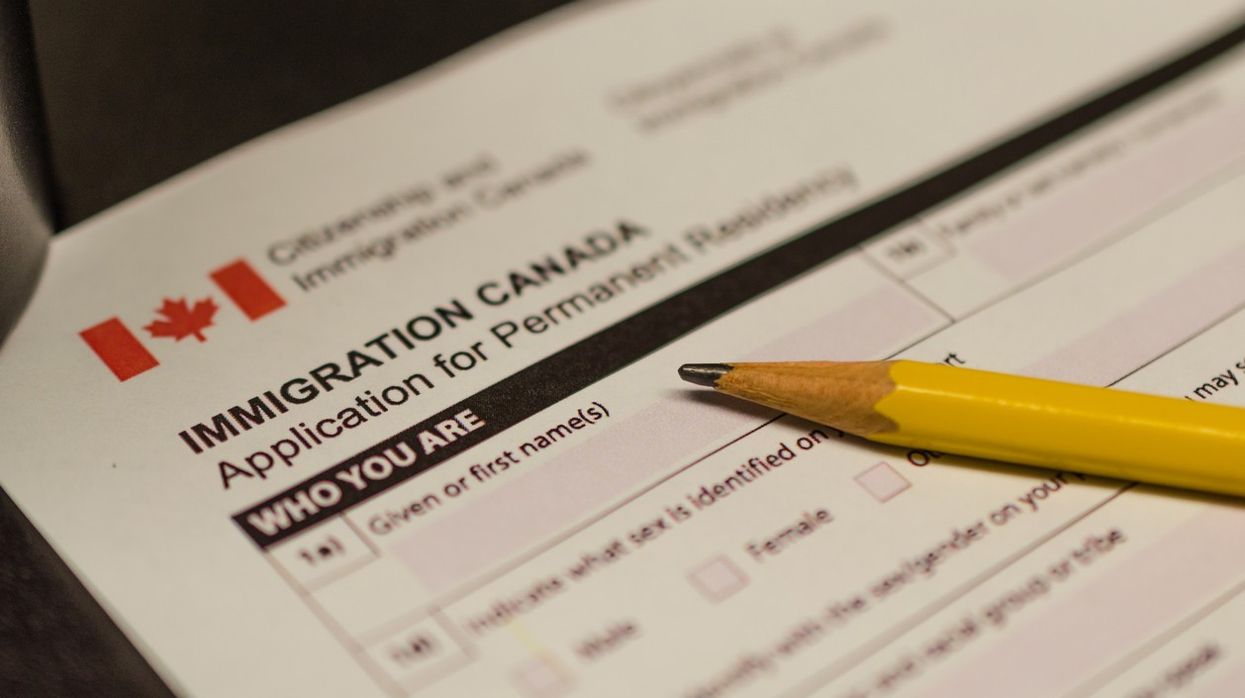Highlights:
- Canada to reduce temporary resident inflows by up to 32 per cent starting in 2026.
- The new fast-track pathway offers direct PR to 33,000 U.S.-based H-1B visa holders.
- Permanent resident intake remains steady, with more emphasis on skilled workers.
- The government says a shift is needed to manage housing, labor, and public services.
- Business groups and universities express concerns over labor shortages and reduced student inflows.
Canada has unveiled a major recalibration of its immigration framework, marking a decisive shift from broad-based mass migration toward a more selective, skills-focused model. The changes, detailed in Budget 2025 and the federal government’s new 2026–2028 Immigration Levels Plan, include a significant reduction in temporary resident admissions along with the introduction of new pathways to retain high-skilled global talent—most notably, H-1B visa holders currently working in the United States.
Starting in 2026, Canada will reduce the number of temporary residents admitted annually by approximately 25–32 percent. The government plans to admit 385,000 temporary residents in 2026, dropping from the earlier target of over 516,000, and then further scaling down to about 370,000 in both 2027 and 2028. This reduction covers both key categories: temporary foreign workers and international students.
For 2026, the admission numbers will be adjusted to 230,000 temporary workers and 155,000 international students, before tapering to 220,000 workers and 150,000 students in subsequent years. Immigration experts estimate that this totals to nearly a 30 percent decline compared to earlier projections.
In contrast, Budget 2025 introduces a notable expansion in opportunities for high-skilled professionals. A new fast-track pathway will allow up to 33,000 U.S.-based H-1B visa holders and other high-skilled temporary workers to transition directly to Canadian permanent residency by 2027. The goal is to attract engineers, researchers, and tech professionals facing policy uncertainty and immigration bottlenecks in the United States. Officials say this approach is designed to strengthen Canada’s innovation-driven labour market and respond to global competition for talent.
Canada’s permanent resident intake, however, will remain stable at 380,000 per year through 2028. Within this, a larger share—64 percent—will be allocated to economic class immigrants, up from 59 percent previously. This rebalancing underscores the federal government’s objective of aligning immigration with workforce needs and long-term economic development.
Finance Minister François-Philippe Champagne, while presenting the budget, said that Canada’s earlier immigration surge had stretched housing, healthcare, and labour systems to capacity. A recent national survey showed that 56 percent of Canadians believe immigration targets have been too high, prompting calls for a more managed and sustainable approach. Champagne emphasized that the revised system aims to “build a stronger Canadian economy through balanced growth.”
Earlier steps—including cutting international student approvals by 35 per cent and halving the entry of new temporary foreign workers—have already begun reducing the temporary resident population. According to projections, temporary residents will comprise less than five percent of Canada’s population by late 2027.
Reactions to the new plan have been mixed. The Canadian Chamber of Commerce welcomed the skills-focused model but warned that reductions in foreign labor may worsen shortages in agriculture, manufacturing, and healthcare. Universities expressed concern over a projected 65 percent decline in new study permits, saying it could negatively impact research collaboration and campus diversity. Migrant rights advocates sharply criticized the move as exclusionary, arguing that it disproportionately affects vulnerable newcomers.
Economists suggest the policy may temporarily ease rental market pressure as population growth moderates. However, they warn of potential labor gaps and rising wages in low-skilled sectors. With unemployment among recent immigrants already double the national average, the government is betting that careful targeting—not sheer scale—will restore confidence in Canada’s immigration model while supporting economic resilience.















